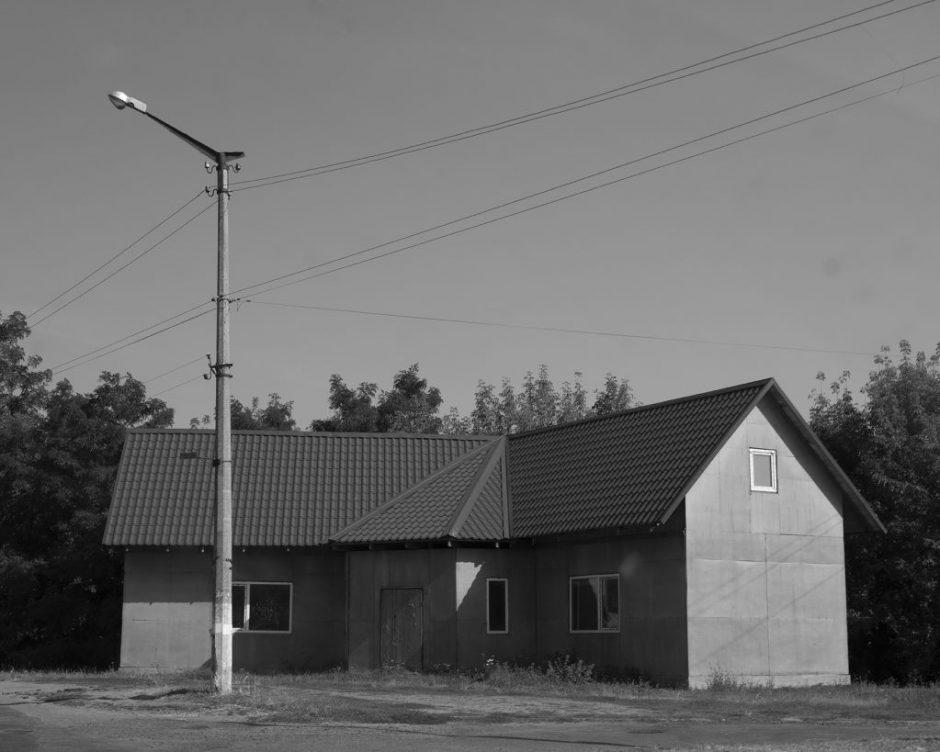Soft Teaching outside of the main classroom enviroment in communal spaces
During our discussions during the Pg Cert Workshops one of the main conversations we had was the value of what we termed “Soft Teaching”. For myself and a colleague Max Ferguson we spend some of our time in the Darkroom. It is here that there is a mixture of students across both undergraduate and postgraduate courses in Photography. The teaching is ad hoc where upon there is a ebb and flow as the work being printed is shown as a work in progress. Projects or Briefs that the students have been asked to fulfill alongside personal work is discussed and avenues of outcomes, pertinence of the subjects all come into the play. The roles between Educator and Student within these communal spaces also move into new dimensions where upon there is no hierarchy. It is here that professional experience the work place takes place. Technical aspects mature with time and what I term authorship is grown.
From this I researched the paper by Laura Loyola Hernandez – University of Leeds – 2022https://teachingexcellence.leeds.ac.uk/research/fellowships/community-led-pedagogies-to-diversify-the-curriculum/
Community led pedagogies to diversify the curriculum
“Community-led pedagogies were co-created between students, staff and community collectives outside the university. They foster non-hierarchical relations between staff and students; creating spaces where metrics are subverted. Community spaces such as workshops, talks, walks, sharing of food, dancing, among other activities disrupt the neoliberal university and help nurture a sense of belonging and community. Community-led pedagogies create a learning environment that goes beyond educational formal settings where both students and staff leave the shared space with reflection and action points to enact change.”
A communal space is developed by building a growing community willing to share learning through mutual experience. Alongside this giving confidence to students who may be neuro- diverse for example giving a safe enviroment to flourish in. Recently during a pastoral tutorial a student brought up his difficulties as an international student being shy and unconfident of his language skills. I had seen him a week ago
Student – ” One of the things that is worrying me the most is my shyness and not being able to speak English, I feel its holding me back in getting the best experience at University”
Me – ” What have you done recently that has given you confidence at University ” ?
Student ” My time in the darkroom I felt happy and fufilled”
From this conversation I encouraged the student to come to the darkroom more often, I described my experience and others, how it was a place to feel both part of something special but all the new friends I had made there across the University
The results of this have been quite successful , the student has been a regular and as his fellow students see his work there is interest, intrique, questions and an acknowledgement of his presence and he has been making new friends and learning from them as I have too.
Further research led me to the term Darkroom Pedagogy emphasising hands on learning – I would say a mutual learning community.



